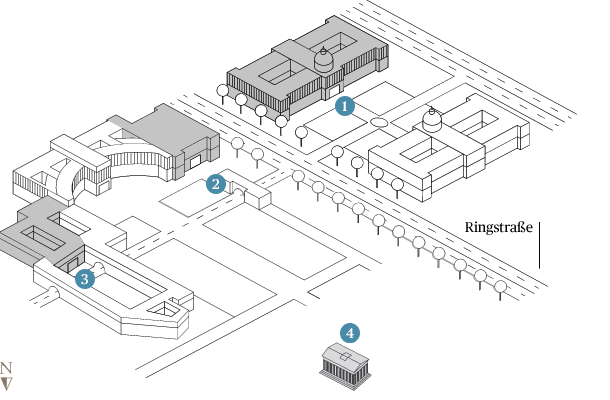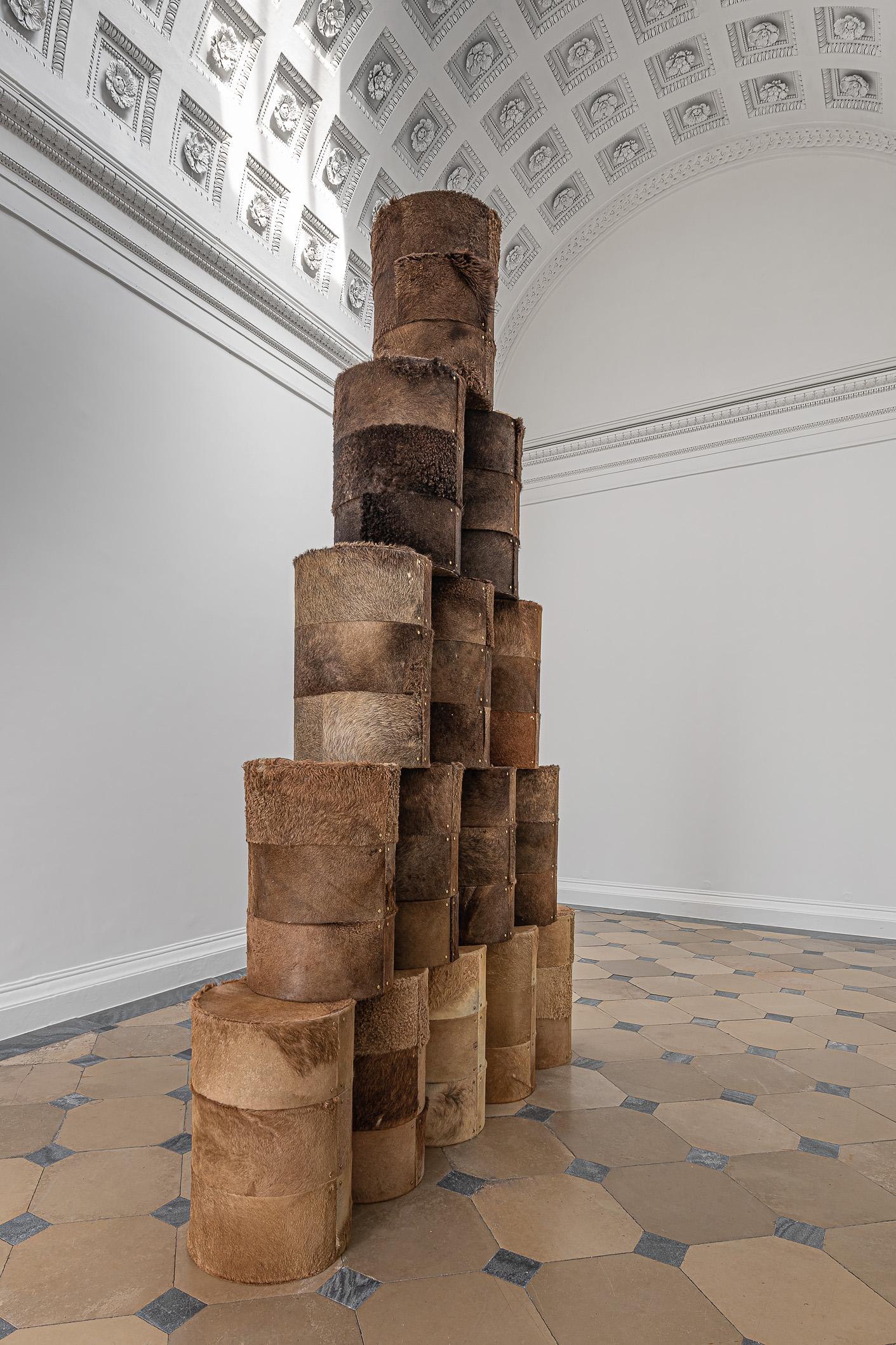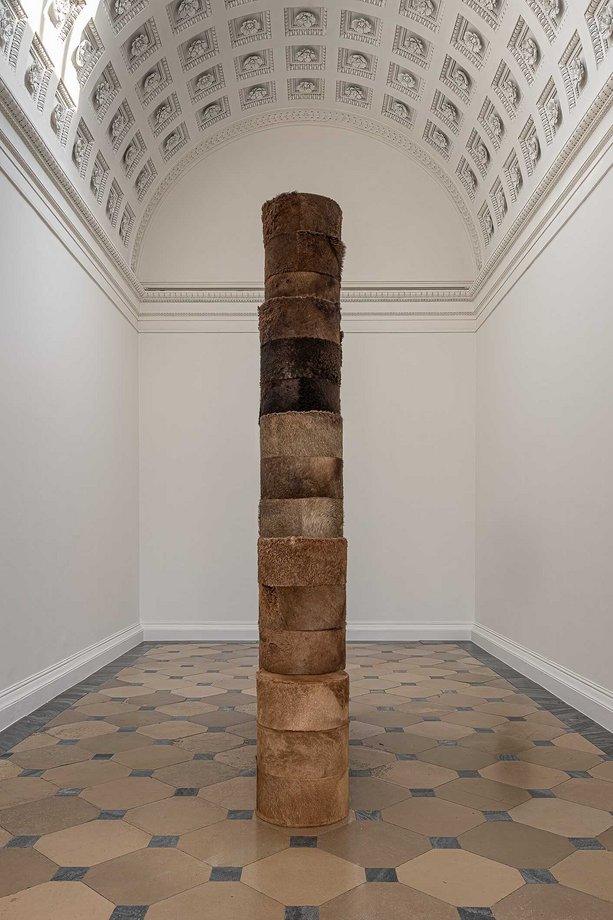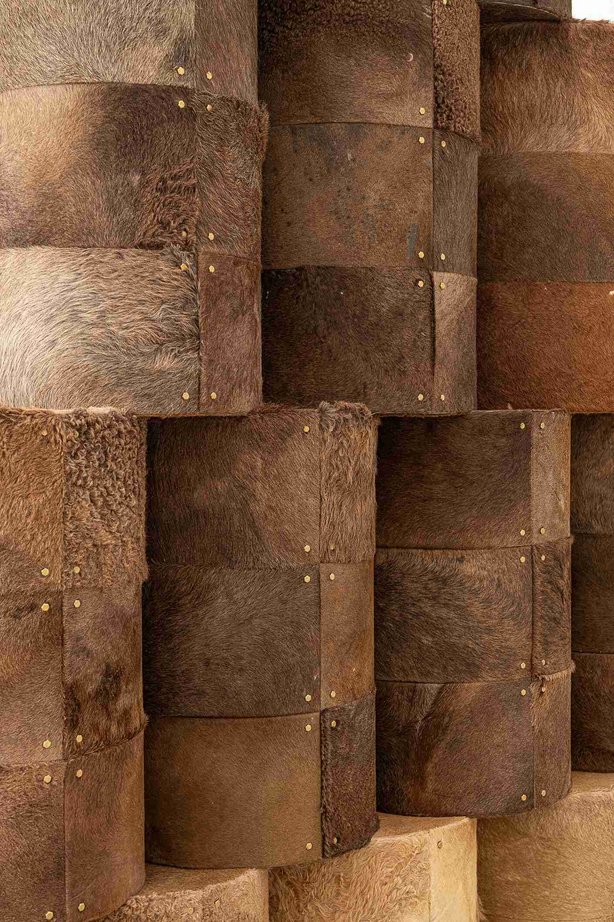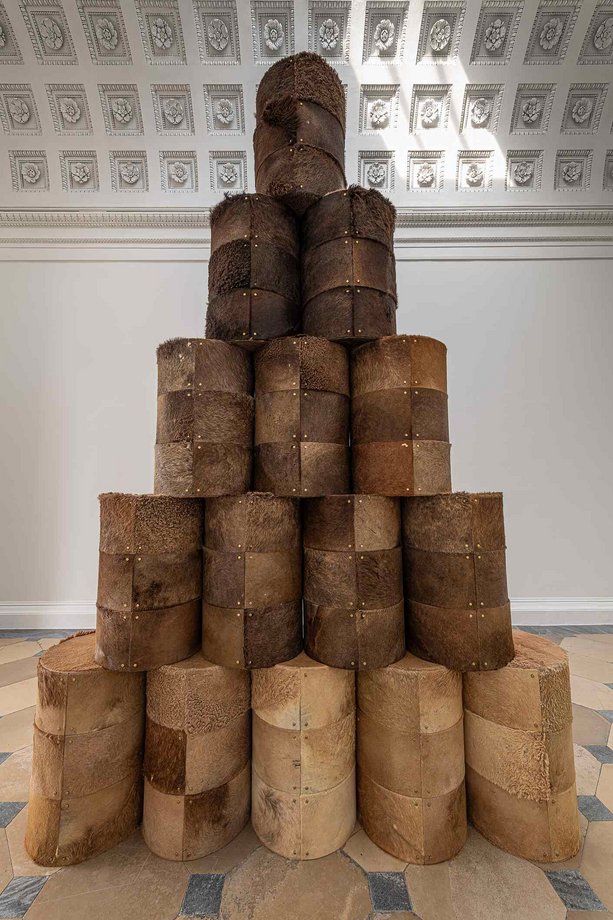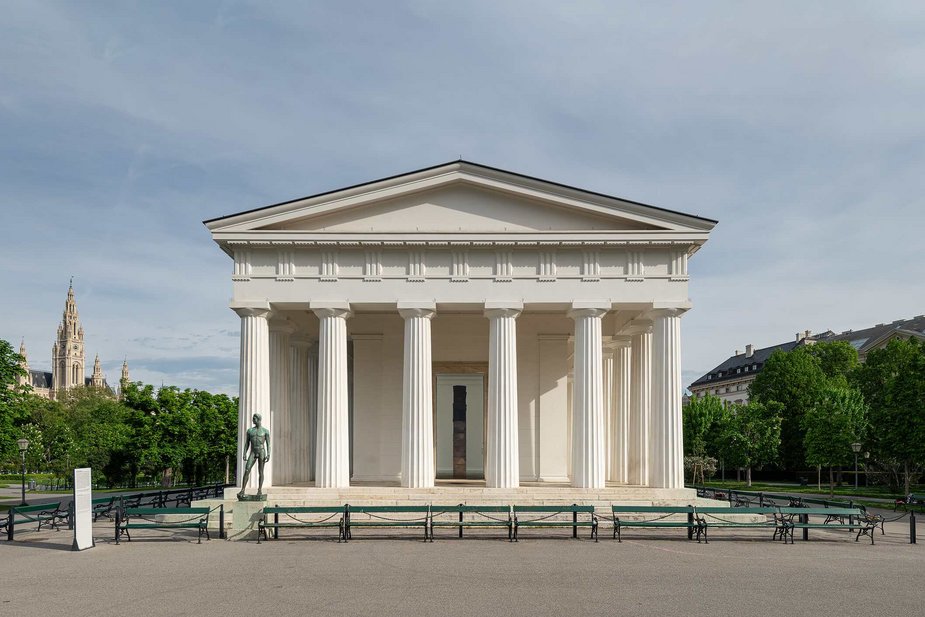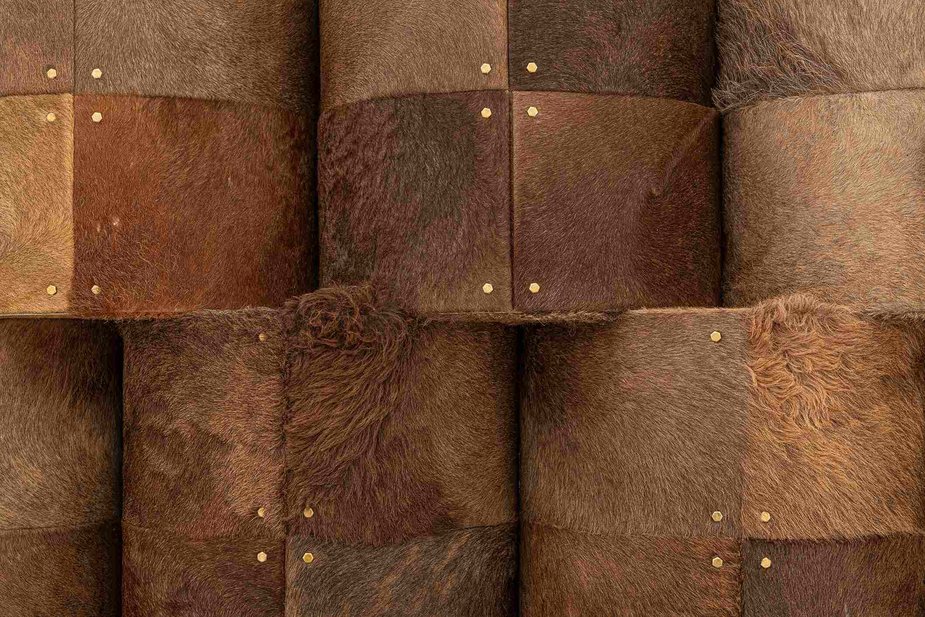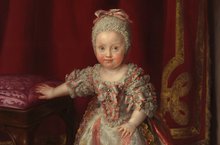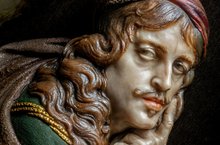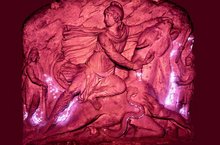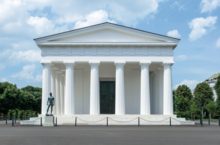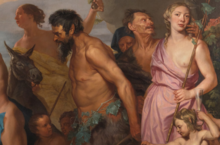For her sculptural compositions Alhashemi uses camel fur and hide dyed in El Ain, an oasis city in the United Arab Emirates. The leather, which is mounted on various surfaces, forms sculptural landscapes and creates intersections between seemingly unlike forms and objects. It alludes to how humans and camels jointly adapt to their environments.
The link between progress and decline also reverberates through Alhashemi’s work. As His Highness Rashid bin Saeed Al Maktoum, the founder of the Emirate of Dubai, explained: ‘My grandfather rode a camel, my father rode a camel, I drive a Mercedes, my son drives a Land Rover, his son will drive a Land Rover, but his son will ride a camel.’
Film by Ayah Dhafer
Artist Statement
There May Exist is an evocative installation composed of oil barrels transformed into a pyramid. I delve into the profound metamorphosis that has swept through the United Arab Emirates since the revelation of oil. Emanating from the pyramid’s core, a striking texture envelops the oil barrels, one reminiscent of the toughened hide of the camel from different breeds in the region – a representation of change, inspired by the momentous shift following the oil discovery. The pyramid’s form itself is an ode to the ascent of progress, constructed from the very vessels that propelled the United Arab Emirates into modernity.
In connection with the impact of oil discovery in the Arabian Peninsula my work aligns with the discussion of cultural evolution and the reshaping of the traditional. Delving into the tension between progress and tradition, the camel hide sculptures serve as symbols that prompt viewers to reflect on the dynamic relationship between past and present, offering a visual dialogue on the rich cultural heritage of the Gulf region and the ongoing quest for identity in the face of industrialization.
The history of the United Arab Emirates is intertwined with the camel. These animals played a crucial role in the region’s development. Before the discovery of oil, camels were essential for transportation, trade, and survival in the desert environment. Even as the United Arab Emirates underwent significant economic transformations with the discovery of oil, camels retained their cultural importance. Camel racing, a traditional sport, became a symbol of heritage and identity. The United Arab Emirates have invested in camel breeding and racing events, blending modernity with tradition. Today, camels stand as a cultural icon, reflecting the countries’ historical reliance on these resilient animals and preserving a connection to its desert roots.
Artist biography
Zeinab Alhashemi (*1985) is a conceptual artist from the United Arab Emirates. She lives and works in Dubai. She designs her installations as site-specific commentaries that focus on the cultural traditions of the Arabian Peninsula. Combining materials and structures, she creates landscape sculptures that blend cultural and natural histories.
Theseus Temple
The Theseus Temple was built between 1819 and 1823 by court architect Peter von Nobile. It was designed to house a single work of contemporary art: Antonio Canova’s white marble masterpiece Theseus Slaying the Centaur. For almost seventy years this artwork stood alone inside the building, until in 1890 it was moved to the monumental staircase of the Kunsthistorisches Museum, where it remains to this day.
Now a series of exhibitions has returned the building to its original purpose: to showcase remarkable artworks by contemporary artists, one at a time. This year we are presenting a work by Zeinab Alhashemi.

